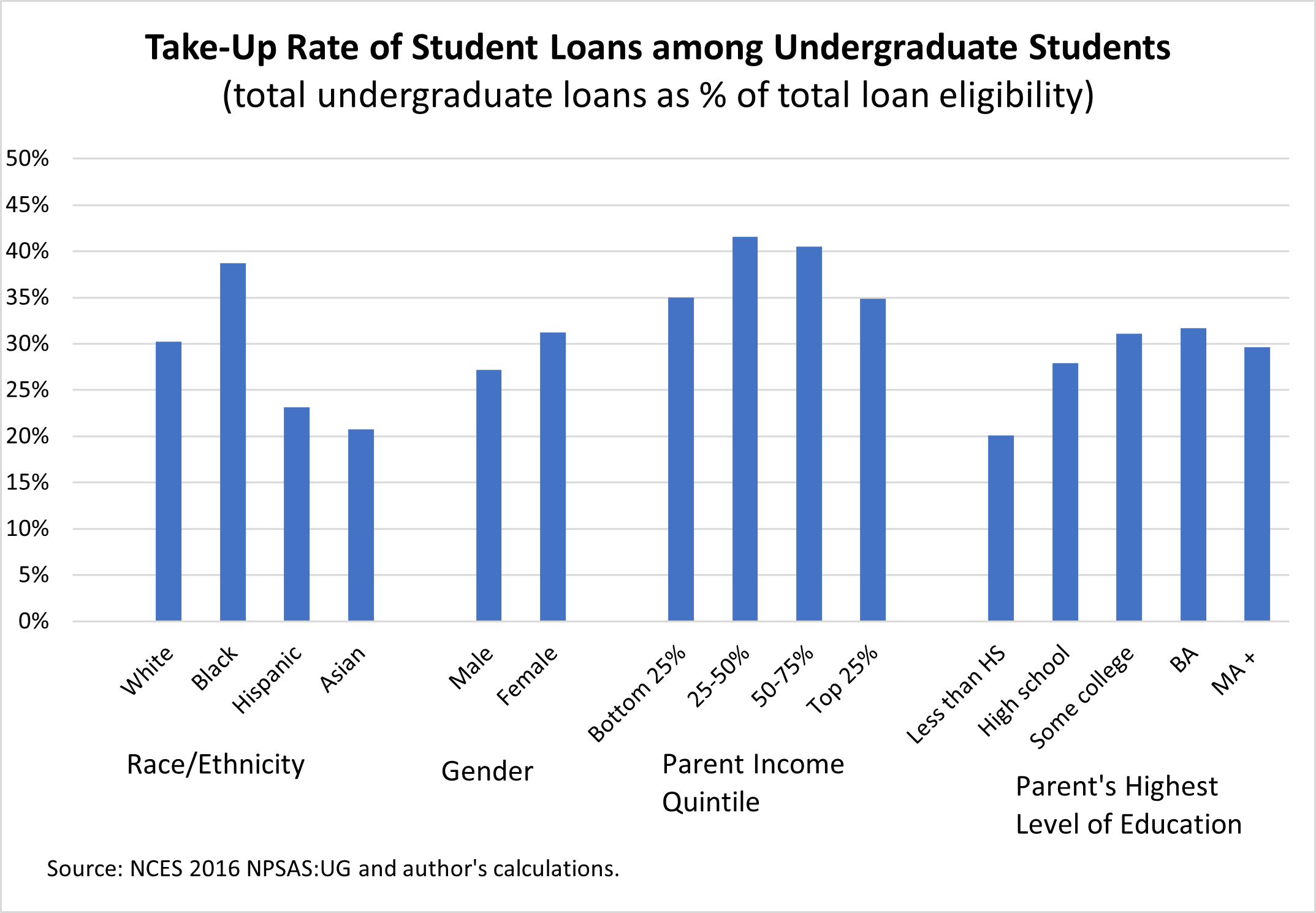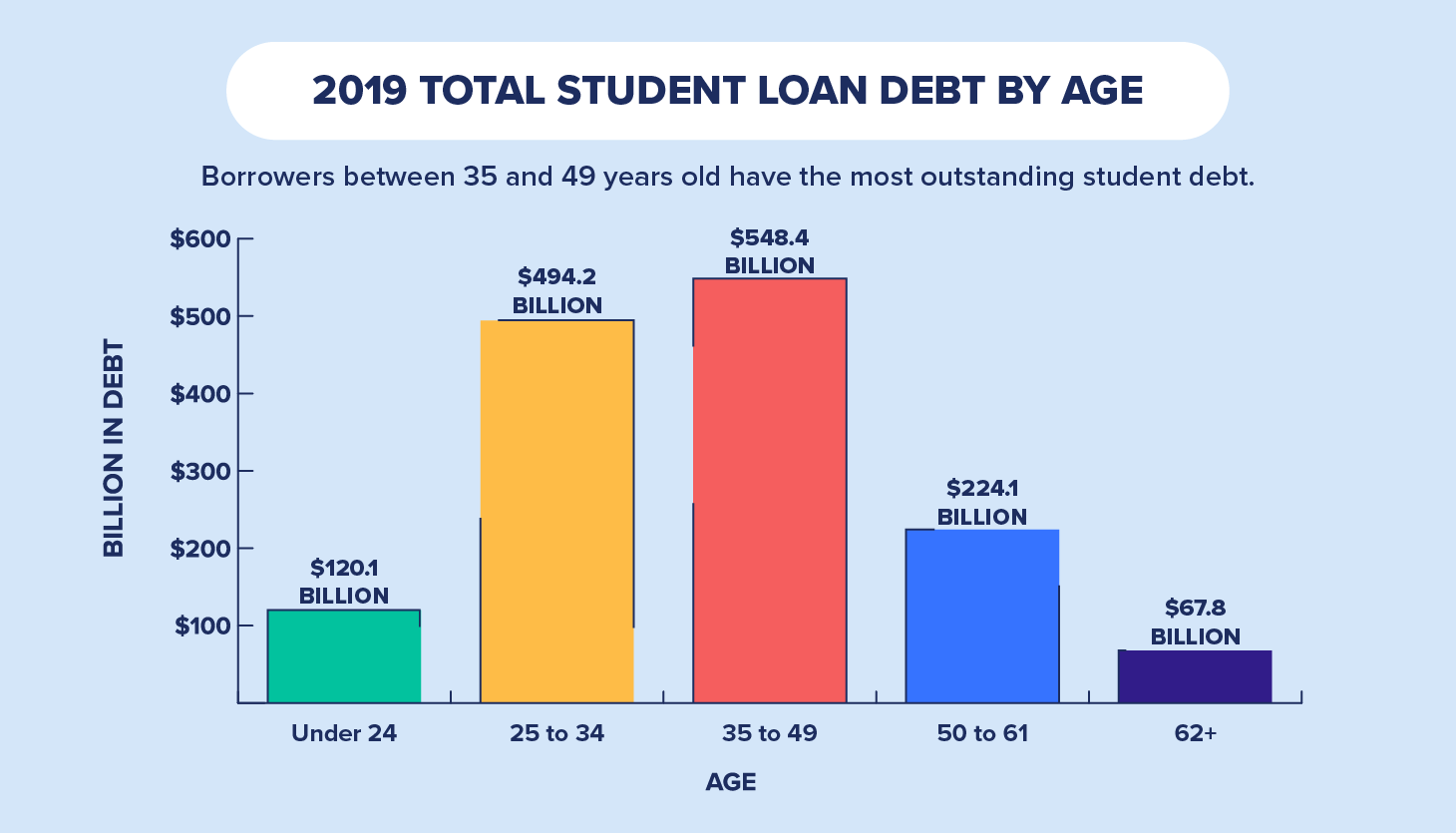Student Loan Debt Relief Under Trump: The Black Community's Viewpoint

Table of Contents
Trump Administration's Student Loan Initiatives and their Impact on the Black Community
The Trump administration implemented several student loan initiatives, but their effectiveness and impact on the Black community remain a subject of ongoing discussion.
Analysis of Key Policies
The administration focused on income-driven repayment plans and promoted programs aimed at simplifying loan repayment. However, critics argue these initiatives fell short in addressing the systemic inequalities faced by Black borrowers.
- Income-Driven Repayment (IDR) Plans: While IDR plans offered lower monthly payments based on income, many Black borrowers struggled to access and benefit from them due to complexities in the application process and limited awareness.
- Loan Forgiveness Programs: Existing loan forgiveness programs, while not significantly expanded under the Trump administration, still faced challenges in reaching Black borrowers due to stringent eligibility criteria and bureaucratic hurdles.
- Targeted Minority Initiatives: The Trump administration lacked specific, large-scale initiatives explicitly designed to address the disproportionate student loan debt burden on minority communities.
Data on the participation rates of Black borrowers in these programs is limited and often aggregated with other minority groups, making it difficult to ascertain their specific impact. Furthermore, the administration's emphasis on deregulation raised concerns about potential weakening of consumer protections for vulnerable borrowers, including those in the Black community.
Access to Information and Resources
Equal access to information about student loan programs is crucial, but the Black community faced significant barriers.
- Language Barriers: Many programs lacked materials available in multiple languages, potentially excluding non-English speakers.
- Technological Limitations: Access to reliable internet and technology is not universal, hindering online application processes.
- Lack of Awareness: Many Black borrowers were unaware of available programs or their eligibility.
Community organizations played a critical role in disseminating information and providing assistance, but their resources were often limited, underscoring the need for broader governmental outreach efforts.
The Role of Historically Black Colleges and Universities (HBCUs)
HBCUs play a vital role in educating Black students, but their graduates often face unique challenges regarding student loan debt.
- Endowment disparities: HBCUs often have smaller endowments compared to predominantly white institutions (PWIs), limiting their capacity to provide financial aid.
- Higher reliance on loans: HBCU students frequently rely more heavily on loans to finance their education due to limited financial resources.
- Limited career services: Access to robust career services that can lead to higher-paying jobs post-graduation can be less prevalent at some HBCUs.
Socioeconomic Factors Exacerbating Student Loan Debt within the Black Community
The student loan debt crisis within the Black community is deeply intertwined with historical and ongoing socioeconomic inequalities.
Generational Wealth and Access to Capital
Generational wealth disparities significantly impact the ability of Black families to assist their children with college expenses.
- Redlining and discriminatory lending practices: Historical and ongoing discriminatory practices have limited Black families' access to homeownership and wealth-building opportunities, resulting in lower net worth and fewer resources for college education.
- Limited access to capital: Black entrepreneurs and families often face greater challenges securing loans and investments, further restricting access to resources for higher education.
These factors lead to a heavier reliance on student loans and increased difficulty in repayment.
Higher Education Costs and Affordability
The rising cost of higher education disproportionately affects Black students, who often lack the financial resources to cover tuition and living expenses.
- Tuition disparities: While not always explicitly discriminatory, the cost structure of higher education often indirectly disadvantages Black students, especially those attending private institutions.
- Limited access to financial aid and scholarships: Black students often face more barriers in securing adequate financial aid and scholarships, increasing their reliance on loans.
Career Opportunities and Earnings
Disparities in career opportunities and earnings significantly impact the ability of Black graduates to repay their student loan debt.
- Employment rates: Black graduates may face lower employment rates and higher unemployment rates compared to their white counterparts.
- Salary disparities: Even when employed, Black graduates often earn less than their white peers, making loan repayment more challenging.
- Limited access to high-paying jobs: Access to lucrative career paths is often restricted due to systemic biases and lack of networking opportunities.
Perspectives and Advocacy within the Black Community
The Black community has actively voiced concerns and advocated for meaningful student loan debt relief.
Community Voices and Activism
Black leaders, organizations, and individuals have played a vital role in raising awareness about the issue and demanding systemic change.
- Numerous articles, interviews, and reports highlight the experiences and perspectives of Black borrowers struggling with student loan debt.
- Community-based organizations have developed programs to provide financial literacy training and assistance with loan repayment.
- Activist groups have organized campaigns and protests to advocate for policy changes aimed at addressing racial disparities in student loan debt.
Policy Recommendations and Calls for Change
The Black community has put forth several policy recommendations to address student loan debt.
- Increased funding for HBCUs and Minority-Serving Institutions (MSIs).
- Expansion and simplification of income-driven repayment plans.
- Debt cancellation or forgiveness programs specifically targeted at Black borrowers.
- Investment in programs that address systemic inequalities in access to education and employment.
Conclusion: Student Loan Debt Relief Under Trump: A Black Community Perspective
The Trump administration's student loan initiatives had a limited and often uneven impact on the Black community. Systemic socioeconomic factors, historical inequalities, and limited access to resources exacerbated the burden of student loan debt for Black borrowers. Understanding the complexities of student loan debt relief for the Black community requires ongoing dialogue and action. Learn more about the ongoing struggles and advocate for policies that address these critical disparities. Continued advocacy and policy changes are crucial to ensure equitable access to higher education and fair repayment options for Black borrowers. We must move beyond piecemeal solutions and focus on comprehensive strategies that address the root causes of racial inequality in student loan debt.

Featured Posts
-
 New Business Hotspots A National Map And Analysis
May 17, 2025
New Business Hotspots A National Map And Analysis
May 17, 2025 -
 Bayern Munich Academy Angelo Stillers Trajectory And Systemic Flaws
May 17, 2025
Bayern Munich Academy Angelo Stillers Trajectory And Systemic Flaws
May 17, 2025 -
 Gops Plan To Reshape Student Loans Pell Grants Repayment And What It Means For Students
May 17, 2025
Gops Plan To Reshape Student Loans Pell Grants Repayment And What It Means For Students
May 17, 2025 -
 Ahorra En La Fiesta Del Cine 2025 Entradas A 3000 Y Programacion
May 17, 2025
Ahorra En La Fiesta Del Cine 2025 Entradas A 3000 Y Programacion
May 17, 2025 -
 Student Loan Payment Problems Repairing Your Credit
May 17, 2025
Student Loan Payment Problems Repairing Your Credit
May 17, 2025
